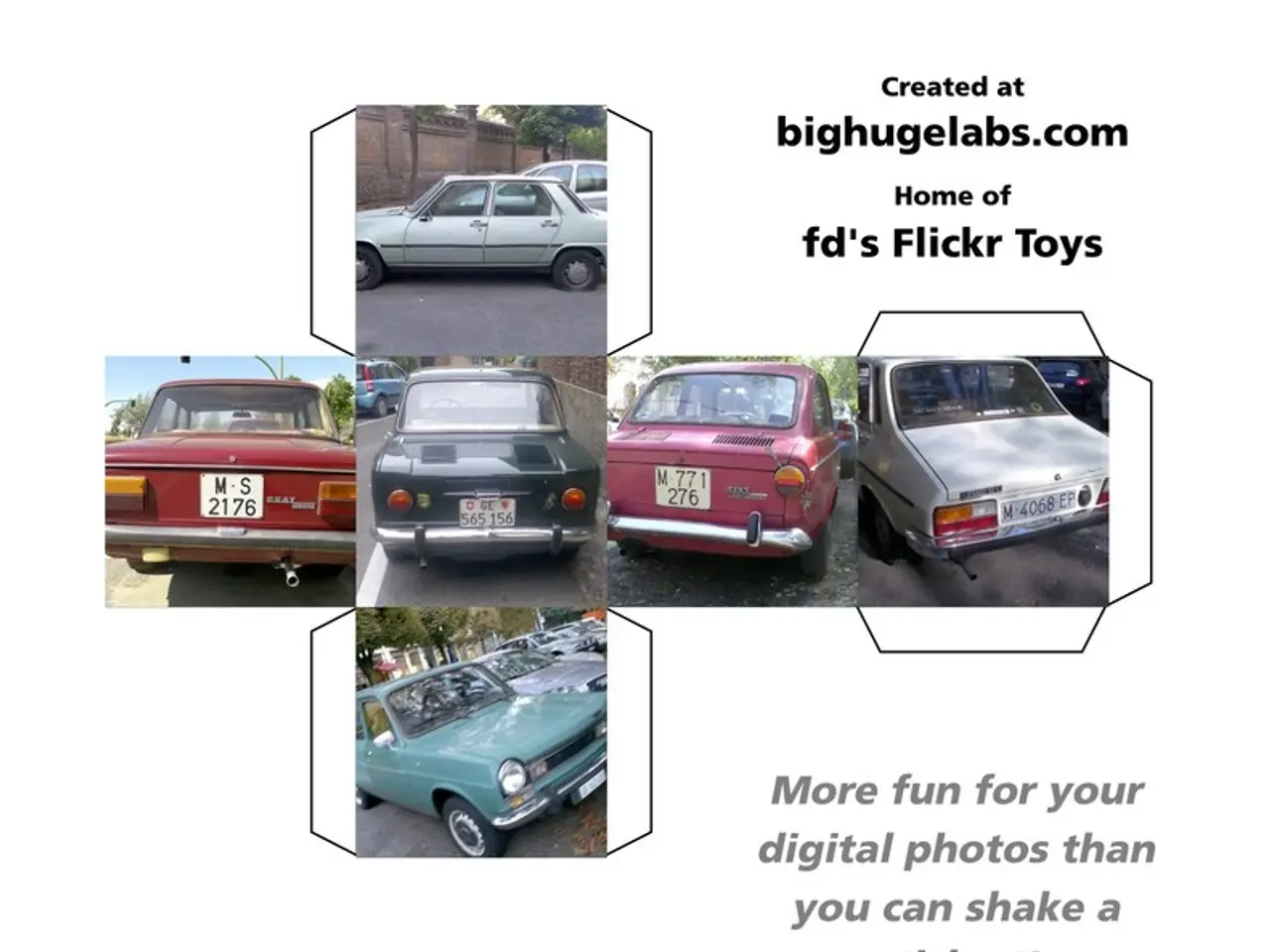GPS Accuracy May Hold the Secret to Autonomous Vehicle Advancement
In the heart of Michigan, at the American Center for Mobility proving ground in Ypsilanti, a demonstration car is making waves. The demo aims to prove that Precision GPS technology could be a critical missing piece for making fully autonomous vehicles a reality.
The vehicle, equipped with Swift Navigation's Skylark technology, is moving through a winding course. A digital rendering of the vehicle is displayed on a video screen mounted above the steering wheel, replacing the need for human eyes to navigate the course. Interestingly, all glass in the car is covered, emphasising the reliance on technology rather than sight.
Precision GPS, considered a crucial complement for making autonomous vehicles safe and reliable, outperforms other sensors like radar, lidar, and cameras in low light, inclement weather, and featureless landscapes. Swift Navigation's Skylark technology, which relies on satellites and a network of substations to collect data and correct for distortions, improves the accuracy of the positioning data. It can place a car within less than a few inches of its actual location, compared to standard GPS which has a margin of error of about 6-30 feet (2-10 meters).
The business case for autonomous vehicles has stalled, with only a handful of players expected to have AVs running by the end of this decade. However, the use of cost-effective solutions like High Precision GNSS could advance driver-assistance systems to Level 3 autonomy and beyond. Swift Navigation's service is available 99.9% of the time, giving it an edge over competitors.
Experts suggest that for automated driving to reach the next level of adoption, it must make use of components already in place on existing vehicles, be integrated as a software update, and be available worldwide. Swift Navigation's Skylark technology requires no additional components not already found on today's vehicles, and the software takes up little bandwidth.
The car, travelling at about 5 miles per hour (8 km/h), maneuvers through the slalom without knocking down any cones, thanks to the use of satellite-fed positioning data. Swift Navigation is not alone in its efforts. The company collaborates with Taiwan Mobile to integrate high-precision GNSS technology for vehicle autonomy and other applications in Taiwan, and with Lightbug to deliver centimeter-level positioning for worker safety and asset tracking through Lightbug's IoT trackers.
The technology solution for autonomous vehicles has proven more challenging than initially anticipated. However, with advancements like Swift Navigation's Skylark technology, we are one step closer to a future where autonomous vehicles are not just a dream, but a reality.
Read also:
- Peptide YY (PYY): Exploring its Role in Appetite Suppression, Intestinal Health, and Cognitive Links
- Toddler Health: Rotavirus Signs, Origins, and Potential Complications
- Digestive issues and heart discomfort: Root causes and associated health conditions
- House Infernos: Deadly Hazards Surpassing the Flames







